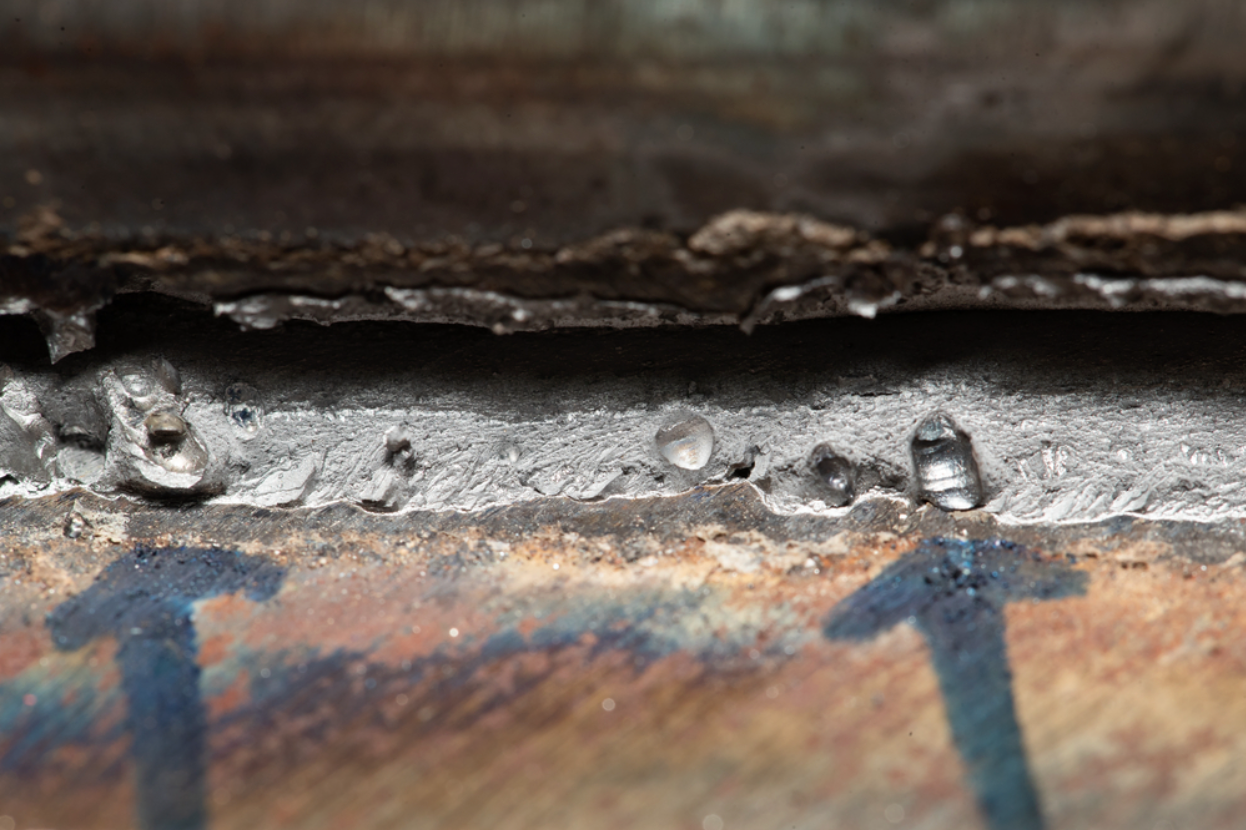Preventing Weld Undercut Demystified: Techniques for Success
Preventing Weld Undercut Demystified: Techniques for Success
Blog Article
Mastering the Art of Welding: Just How to Prevent Undercut Welding Issues for Flawless Fabrication Results
By understanding the root triggers of undercut welding and applying effective methods to avoid it, welders can boost their craft to new levels of excellence. In the quest of perfect fabrication outcomes, understanding the art of welding to stay clear of undercut issues is not just a skill yet a need for those striving for perfection in their work.
Recognizing Undercut Welding

To protect against undercut welding, welders need to make sure proper welding specifications, such as adjusting the present, voltage, traveling speed, and keeping the appropriate electrode angle. In addition, using the proper welding technique for the certain joint configuration is crucial. Employing weaving movements or backstepping strategies can help make certain proper weld metal deposition and lower the likelihood of undercut formation. Normal inspection of welds throughout and after the welding procedure is additionally important to capture any kind of undercut very early and make required changes to stop further flaws. Preventing weld undercut. By recognizing the sources of undercut welding and executing preventative procedures, welders can attain high-quality, structurally audio welds.
Reasons For Undercut in Welding
Understanding the elements that contribute to damage in welding is necessary for welders to generate high-grade, structurally sound welds. When the weld steel does not correctly load the groove created between the base metal and the formerly transferred weld steel, damaging happens. A number of factors can lead to damage in welding. One typical cause is excessive heat input. Welding at high temperature levels for extensive periods can result in the base metal thawing greater than desired, leading to damage. Insufficient welding current or incorrect welding speed can additionally contribute to undercut. Insufficient current might not supply enough warmth to melt the base and filler metals properly, while too much speed can prevent correct fusion, creating undercut. In addition, incorrect electrode angles or wrong torch adjustment methods can develop areas of low weld metal deposition, promoting undercut. Comprehending these causes and applying proper welding strategies can assist protect against undercutting problems, making sure durable and strong welds.
Strategies to avoid Undercutting

To alleviate the danger of damaging in welding, welders can utilize calculated welding techniques targeted at boosting the quality and integrity of the weld joints. One effective method is to readjust the welding parameters, such as voltage, current, and travel rate, to guarantee appropriate heat input and deposition. Preserving an ideal electrode angle and guaranteeing constant traveling rate can additionally aid protect against undercut. In addition, utilizing the right welding technique for the particular joint configuration, such as weave or stringer grains, can add to reducing damaging. Preventing weld undercut.
Employing back-step welding strategies and controlling the weld grain account can likewise aid disperse heat equally and minimize the threat of undercut. Normal inspection of the weld joint throughout and after welding, as well as implementing quality assurance measures, can help in addressing and discovering damaging concerns quickly.
Significance of Appropriate Welding Criteria
Selecting and maintaining ideal welding parameters is necessary for attaining successful welds with very little flaws. Welding parameters refer to variables such as voltage, present, take a trip rate, electrode angle, and securing gas flow price that straight impact the welding process. These parameters need to be meticulously adjusted based upon the sort of product being bonded, its density, and the welding Learn More Here strategy used.
Appropriate welding parameters guarantee the ideal quantity of warm is used to melt the base metals and filler material uniformly. If the parameters are set too high, it can cause too much warmth input, creating distortion, spatter, or burn-through. On the other hand, if the parameters are too low, incomplete fusion, lack of infiltration, or damaging might happen.
Top Quality Guarantee in Welding Workflow

Verdict
To conclude, grasping the art of welding requires a thorough understanding of undercut welding, its causes, and strategies to stop it. By guaranteeing appropriate welding criteria and executing quality control techniques, flawless fabrication outcomes can be accomplished. It is important for welders to consistently make every effort for excellence in their welding procedures to prevent undercut issues and create top notch welds.
Undercut welding, a typical defect in welding procedures, occurs when the weld metal does not appropriately fill the groove and leaves a groove or clinical depression along the welded joint.To protect against undercut welding, welders ought to make certain appropriate welding criteria, such as hop over to these guys changing the current, voltage, travel rate, and maintaining the right electrode angle. Inadequate welding present or incorrect welding speed can likewise add to undercut.To minimize the threat of damaging in welding, welders can utilize critical welding techniques aimed at boosting the quality and stability of the weld joints.In verdict, mastering the art of welding needs a thorough understanding of undercut welding, its causes, and methods to prevent it.
Report this page